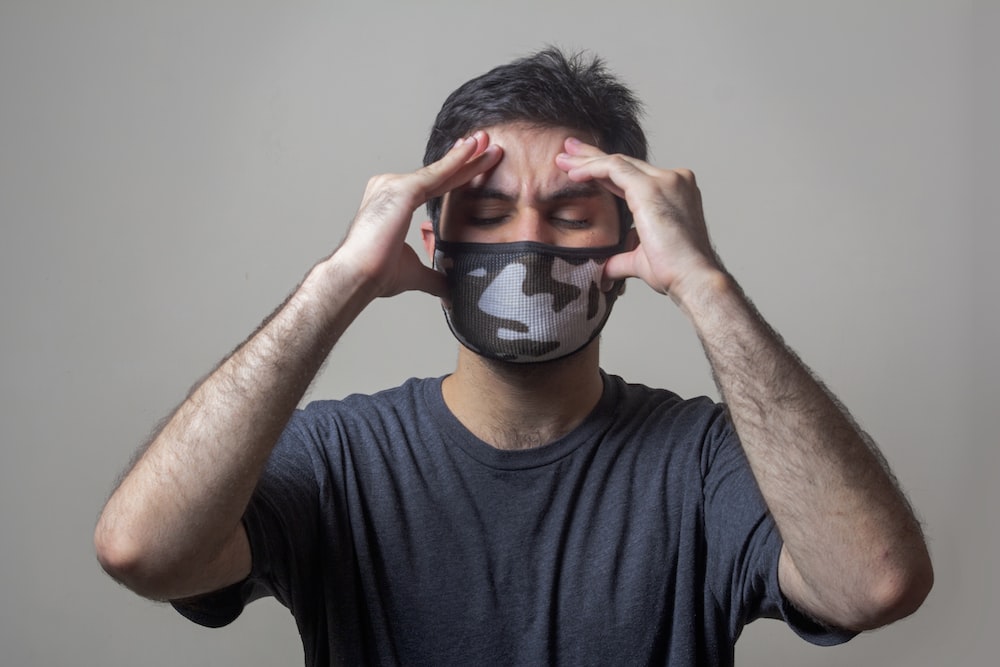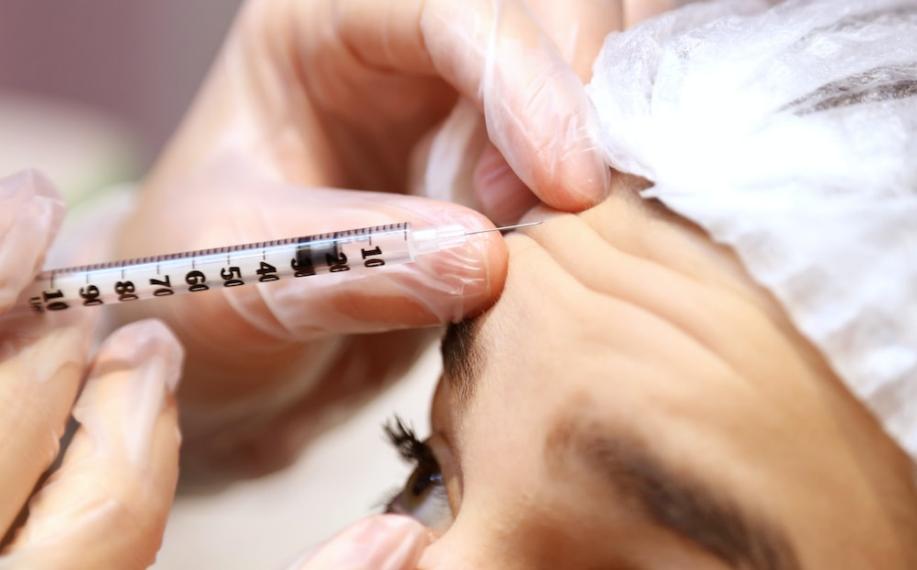Mind over Migraine: Managing Pain with Proven Strategies

Migraines are more than just a headache; they are debilitating episodes of pain that can disrupt daily life. For those who suffer from them, finding effective ways to manage and treat migraines is of paramount importance. While medication can play a crucial role in migraine treatment, lately,there's an emerging focus on the power of the mind in alleviating migraine symptoms. Here, we will take a deeper look into multiple strategies that can help with migraine management, with a focus on the mind-body connection.
Understanding Migraines
Before diving into treatment strategies, it's essential to understand what migraines are and why they occur. Migraines are recurrent, severe headaches that often come with pulsating pain on one side of the head, nausea, and sensitivity to light and sound. At present, an exact cause behind migraines hasn’t been established, but researchers believe that aspects like genetics, hormonal imbalances and triggers unique to each individual contribute to its occurrence.
Medical Treatment Options
Over-the-Counter Drugs
Over-the-counter pain relievers like ibuprofen, naproxen sodium, and aspirin can provide relief for mild to moderate migraines. When taken at the onset of an attack, they may help reduce symptoms.
For more severe migraines, prescription medications such as triptans are often recommended. Triptans work by constricting blood vessels and blocking pain pathways in the brain. They are effective in relieving pain and other migraine symptoms but should be used under a doctor's guidance.
Botox Injections

Botox, short for Botulinum Toxin Type A, is often associated with cosmetic procedures to reduce wrinkles and fine lines. However, it has also gained recognition as an effective migraine treatment.
When administered by a qualified healthcare professional, Botox injections can help reduce the frequency and intensity of migraine attacks in certain individuals. The exact connection between Botox and migraines is not fully understood, but it is believed to involve the relaxation of muscle tension and the modulation of pain signals in the nervous system.
Ergot Derivatives
Ergot derivatives are a class of medications that have been used to help manage migraine symptoms. These drugs, including ergotamine and dihydroergotamine, work primarily by constricting blood vessels and affecting the neurotransmitters associated with migraine pain. Ergot is available in various forms,such as tablets, nasal sprays, or rectal suppositories, making it adaptable to different patient preferences.
Mind-Body Strategies
In addition to medical treatments, incorporating mind-body strategies into your migraine treatmentplan can prove to be incredibly beneficial:
Stress Reduction Techniques
Stress is a common trigger for migraine attacks. Mindfulness meditation, deep breathing exercises, and progressive muscle relaxation are effective stress reduction techniques. These practices encourage relaxation and help to lower the overall stress levels that can contribute to migraine onset. Regular practice of these techniques can enhance your ability to cope with stress and reduce the frequency of migraine attacks.
Cognitive Behavioral Therapy (CBT)
CBT is a therapeutic approach that helps individuals identify and modify negative thought patterns and behaviors. In the context of migraines, CBT can be beneficial in addressing migraine-related anxiety and depression, which often accompany the condition. By learning to manage negative emotions and stress, CBT can reduce the emotional impact of migraines and potentially lessen their severity.
Yoga and Tai Chi

Yoga and Tai Chi are other migraine treatment option that involves mind-body practices that combine physical postures, controlled breathing, and meditation. Both are known for their ability to promote relaxation, reduce muscle tension, and enhance overall well-being. Regular participation in yoga or Tai Chi can improve your ability to manage pain and stress, ultimately leading to a reduction in the frequency and intensity of migraine attacks.
Diet and Lifestyle Changes
Maintaining a migraine diary can help identify specific triggers related to your diet and lifestyle. Certain foods, caffeine, alcohol, and irregular meal times are common dietary triggers for migraines. By pinpointing and eliminating these triggers, you can significantly reduce the likelihood of migraine attacks. Adequate hydration and balanced nutrition can also play a vital role in managing migraine symptoms.
Adequate Sleep
Ensuring you get enough restorative sleep is crucial for migraine treatment and prevention. Establish a consistent sleep schedule and practice good sleep hygiene habits, such as begin developing a nighttime care routine, avoid television and excessive use of cellphone before going to bed, and limit caffeine intake during the day. Quality sleep can help reduce the frequency and severity of migraines.
Biofeedback
Biofeedback is a non-invasive therapy that helps individuals gain control over certain bodily functions, such as muscle tension and heart rate. By learning to regulate these functions, you can reduce the physical symptoms associated with migraines. Biofeedback can be particularly useful in managing tension-type headaches, which often co-occur with migraines.
Final Thoughts
Migraines can be incredibly challenging to manage, but a holistic approach that combines medical treatments with mind-body strategies can make a significant difference in your life. If you’ve been battling migraines and are looking for reliable and reputable professionals who can guide you through your migraine treatment, feel free to reach online chat with doctor at TelMDCare. With years of experience in the field, our trained physicians can help identify potential triggers. Schedule dr appointment online with us and receive a treatment plan tailored to your needs.